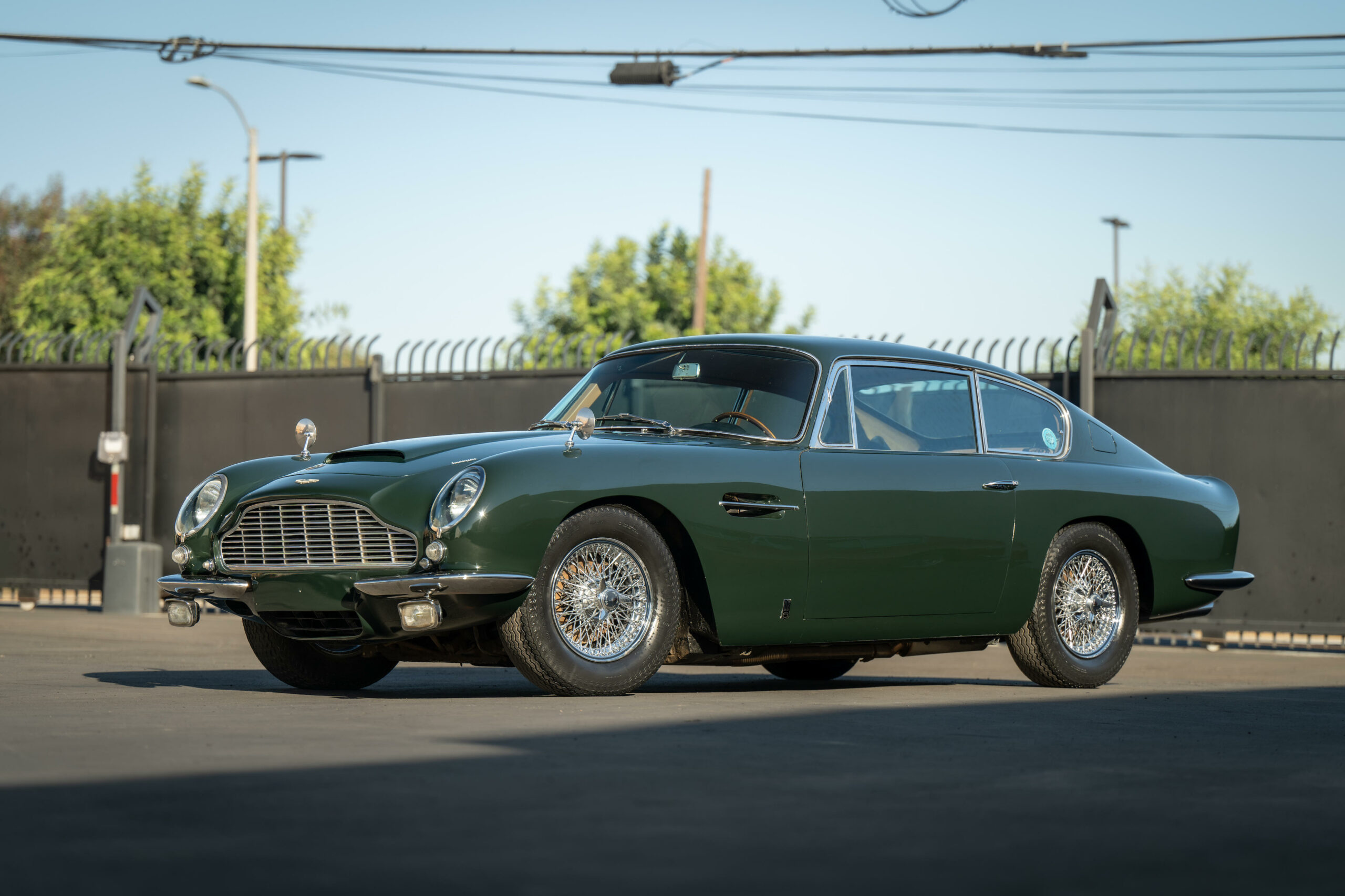Categories
- 1910s
- 1920s
- 1930s
- 1940s
- 1950s
- 1960s
- 1970s
- 1980s
- 1990s
- 2000s
- AMC
- Aston Martin
- Autobianchi
- Bentley
- BMW
- Bristol
- Buick
- Cadillac
- Chevy
- Chrysler
- Citroen
- Classic Cars
- Classic Hot Rods
- Classic Muscle Cars
- Classic Sports Cars
- Cunningham
- Davis
- Duesenberg
- Edsel
- Facel Vega
- Ferrari
- Fiat
- Ford
- Ghia
- Hillman
- Hudson
- Jaguar
- Kaiser
- Lamborghini
- Luxury Car
- Maserati
- Mercedes-Benz
- Moretti
- Packard
- Panhard
- Plymouth
- Porsche
- Reliant
- Rolls-Royce
- Studebaker
- Toyota
- Uncategorized
- Vespa
- Volvo
- Wolseley
The history of Buick is a story of longevity and transformation within the American automotive industry. Buick, one of the oldest American automobile brands, has evolved over the decades to become a symbol of luxury and innovation.
The company’s origins can be traced back to 1899 when David Dunbar Buick founded the Buick Auto-Vim and Power Company in Detroit, Michigan. Buick initially focused on building internal combustion engines and later shifted its attention to automobiles. In 1903, the company officially became the Buick Motor Company.
Buick’s early years were marked by innovation, and it is often credited with introducing the overhead valve engine, a design that would become a hallmark of the brand’s performance-oriented vehicles. In 1904, Buick produced its first car, the Model B, which quickly gained popularity for its reliability and performance.
One of the pivotal moments in Buick’s history came in 1908 when William C. Durant, a prominent figure in the early American automotive industry, acquired Buick and integrated it into his newly formed General Motors (GM) conglomerate. This move provided Buick with the resources and financial stability needed for growth and innovation.
In the following years, Buick introduced a series of groundbreaking models, such as the Buick Six, which featured a six-cylinder engine and became one of the first mass-produced cars in America with this innovation. Buick’s reputation for quality and engineering excellence continued to grow.
During the 1930s and 1940s, Buick produced stylish and luxurious cars, many of which were powered by the renowned Buick Straight-8 engine. Buick’s reputation for comfort and elegance earned it a place among the upper echelons of the American automobile market.
In the 1950s and 1960s, Buick ventured into the realm of high-performance and muscle cars with models like the Buick Skylark and the Buick Riviera. These cars were known for their V8 engines and striking designs, making them popular among enthusiasts.
In the 1980s and 1990s, Buick continued to innovate, introducing features like the turbocharged V6 engine and the Grand National, a high-performance version of the Regal. Buick also embraced front-wheel drive technology and introduced the Buick LeSabre, a full-size sedan that became a flagship model for the brand.
In recent years, Buick has shifted its focus toward producing crossover SUVs, recognizing the growing demand for these vehicles. Models like the Buick Enclave and Buick Encore have become staples in Buick’s lineup, combining comfort, technology, and safety features.
Buick’s modern era is characterized by a commitment to offering premium features, modern technology, and a comfortable ride, catering to a diverse range of customers. The brand has a strong presence in the Chinese market, where it is known for its luxurious offerings.
Throughout its long history, Buick has demonstrated resilience and adaptability, evolving to meet the changing demands of the automotive market. Today, Buick stands as a symbol of American automotive heritage, combining a legacy of comfort and quality with contemporary design and technology.





